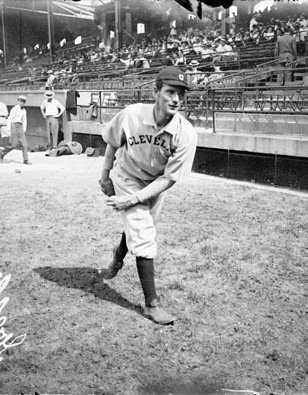In 1924, the Pacific Coast League was an eight team league: the Los Angeles Angels, the Oakland Oaks, the Portland Beavers, the Sacramento Senators, the Salt Lake City Bees, the San Francisco Seals, the Seattle Indians, and the Vernon Tigers.
That year, the Seattle Indians would field 33 different players during the season, 20 of whom would see, or had seen, at least a cup of coffee in the majors. They won the 1924 PCL title, finishing 109-91. Playing a 200 game season was common for the PCL at that time, more on that later. Eight players had over 150 hits for the Indians that year, and the leaders in games played were Henry Baldwin with 196 and Cliff Brady with 194. Seven others would play over 149 ball games. Behind the plate, they had Earl 'Red' Baldwin, who would catch 155 games that year, the most of any of his 14 PCL seasons. Earl was such a talented catcher, no mention is even made of future Hall of Famer Mickey Cochrane until the second to last paragraph in this preseason article from the Wednesday, April 2, 1924, edition of the Seattle Daily Times sports pages.
That year, the Seattle Indians would field 33 different players during the season, 20 of whom would see, or had seen, at least a cup of coffee in the majors. They won the 1924 PCL title, finishing 109-91. Playing a 200 game season was common for the PCL at that time, more on that later. Eight players had over 150 hits for the Indians that year, and the leaders in games played were Henry Baldwin with 196 and Cliff Brady with 194. Seven others would play over 149 ball games. Behind the plate, they had Earl 'Red' Baldwin, who would catch 155 games that year, the most of any of his 14 PCL seasons. Earl was such a talented catcher, no mention is even made of future Hall of Famer Mickey Cochrane until the second to last paragraph in this preseason article from the Wednesday, April 2, 1924, edition of the Seattle Daily Times sports pages.






